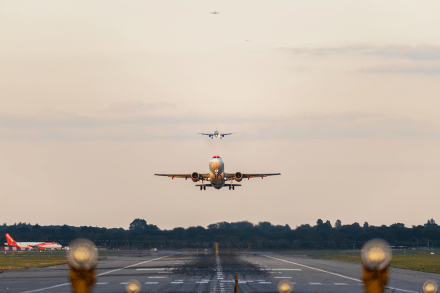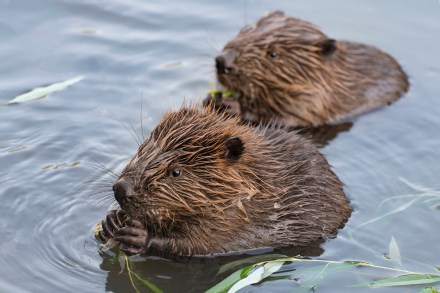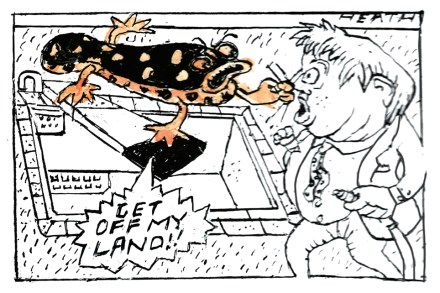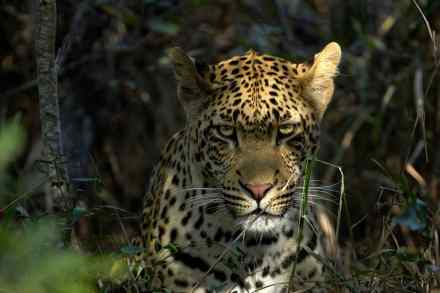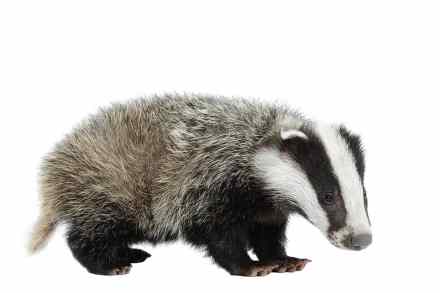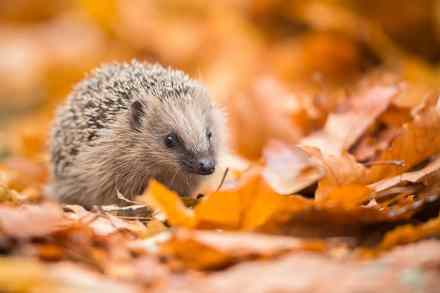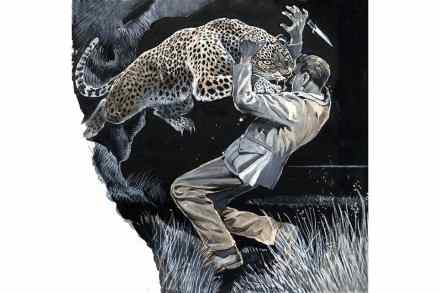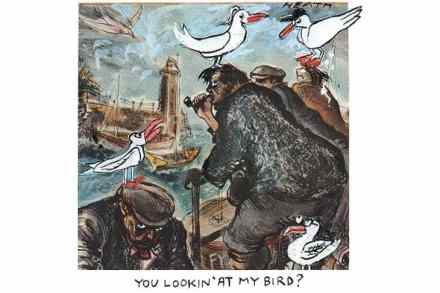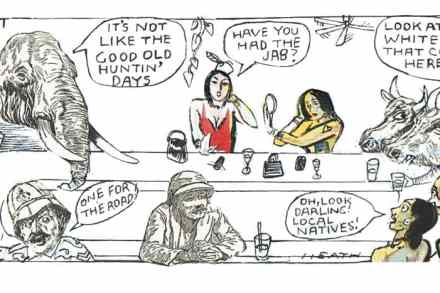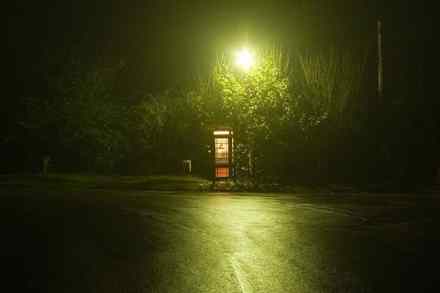My plot to take on the peach-tree thief
Summer is icumen to its end, but my peach tree yielded a fine crop this year, though most of it was stolen. My mistake was planting the tree close to the road in my front garden, which made it easy for the thief to see and approach. I doubt that the thief reads The Spectator, so it’s safe to reveal my wife’s plan to inject next year’s crop with a powerful laxative. But the few peaches we managed to pick ourselves proved delicious. I was surprised that a peach tree would survive in Cape Cod, let alone thrive, but I constantly forget that we are on the same latitude as


